Welcome to our in-depth exploration of the top 10 digital marketing trends shaking up 2023! ? With the digital landscape constantly evolving, it’s critical to stay on top of the latest innovations to maintain a competitive edge. As a copywriter specialized in this realm, I bring a unique perspective to these global shifts.
Here’s a sneak peek at what we’ll delve into:
- Personalization 2.0 in digital advertising
- Harnessing the power of Voice Search
- The rise and rise of Video Content
- The revolution of AI in marketing
- Augmented Reality (AR) and its transformative role
The future of marketing is here – are you ready to seize it? But wait, there’s more! We’ll also explore Plerdy, a must-have tool for CRO and UX that’s skyrocketing businesses to success. ?

So, fasten your seat belts as we gear up to navigate the thrilling twists and turns of digital marketing in 2023. ? Ready to harness the potential of these trends? Let’s dive right in and explore them together, steering your marketing initiatives to the pinnacle of success! Remember, in this fast-paced digital era, standing still means moving backwards. Let’s set sail and conquer the digital marketing horizon together.
Understand the Importance of Staying Current in Digital Marketing
Technology changes digital marketing trends quickly. Keeping your finger on the pulse allows you to:
- Seize relevant opportunities early on
- Evolve your strategies to better engage your audience
- Maintain a competitive edge
For instance, in the fashion industry, livestream shopping—pioneered in Asia—has taken digital marketing by storm, offering a unique blend of entertainment and e-commerce. On the other hand, businesses in the health and wellness sector are leaning heavily into the trend of marketing through influencers, partnering with wellness gurus and fitness influencers to reach their target demographics.
Picture a fine dining restaurant; while it might not seem like an immediate fit for TikTok marketing—originally a hub for Gen Z trends—savvy marketers can find a way to serve up mouth-watering content that sizzles and resonates with a younger audience.
It’s a digital marketer’s duty to navigate the ebb and flow of trends, applying the relevant ones and adapting others to ensure their brand stays fresh, appealing, and, most importantly, effective. Keeping current in digital marketing isn’t just a nice-to-have—it’s an absolute necessity.
Artificial Intelligence in Marketing
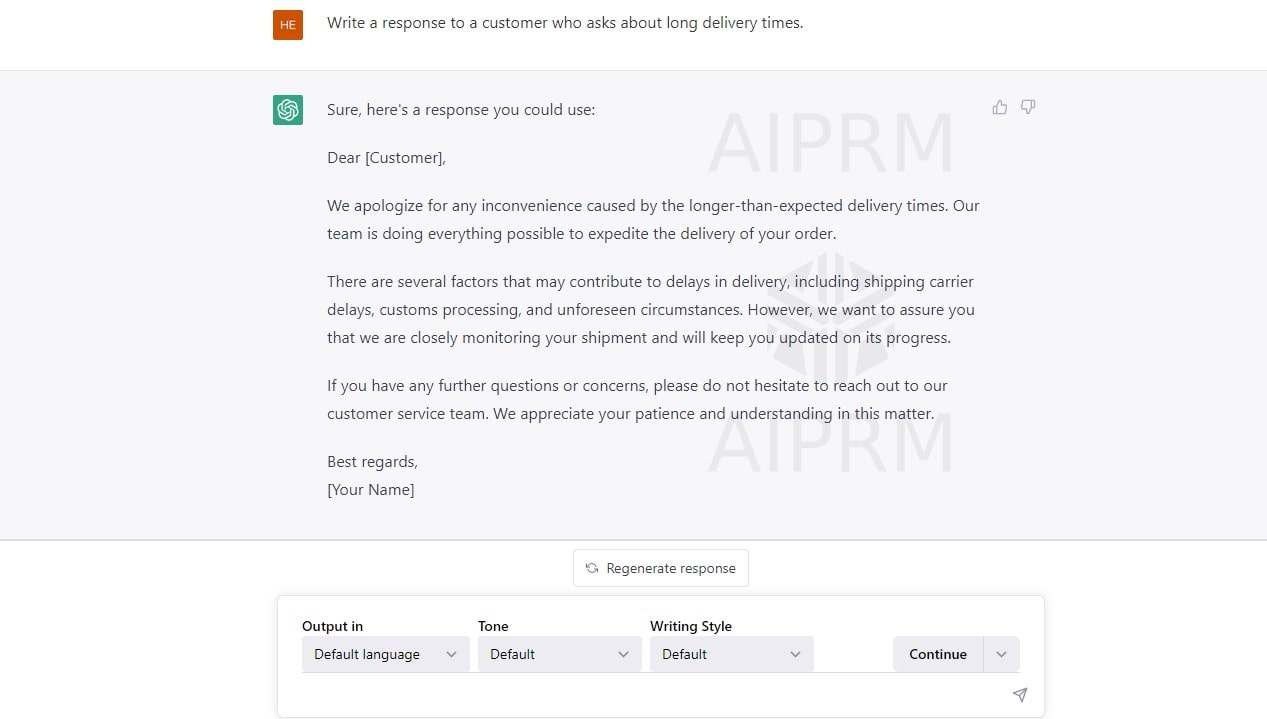
Utilizing AI for Predictive Analytics
Harnessing the power of artificial intelligence for predictive analytics is a digital marketing trend that has taken the industry by storm. Smart application of AI-driven analytics can reveal insights to steer marketing decisions in the right direction, bolstering business performance. Here are some ways businesses utilize AI for predictive analytics:
- Identifying potential customer segments
- Pinpointing optimal times to engage with customers
- Detecting potential market shifts
Take, for instance, the case of an e-commerce business. Through AI, predictive analytics can comb through vast amounts of customer data, discerning patterns and identifying potential high-value customers. The data can help the company target the correct audience with the right message.
Similarly, in the B2B tech industry, AI can analyze market trends and historical sales data to predict future sales and guide the marketing strategy. Using these insights, companies can craft personalized campaigns that resonate with their prospects.
In the ever-evolving digital marketing landscape, leveraging AI for predictive analytics is not just an added bonus—it’s an indispensable part of the toolkit for any forward-thinking marketer. By pinpointing trends before they unfold, businesses can stay one step ahead, setting themselves up for success in an increasingly competitive market.
Implementing AI Chatbots for Improved Customer Service
A rising digital marketer uses AI chatbots to improve customer service. These AI-powered virtual assistants provide round-the-clock, real-time customer support, revolutionizing the customer service landscape. Here’s how AI chatbots are impacting customer service:
- Delivering immediate responses, boosting customer satisfaction
- Handling an unlimited number of inquiries simultaneously
- Offering personalized customer interactions
For instance, in the travel industry, an AI chatbot can assist customers with flight bookings, hotel reservations and even provide travel advisories. Not only does this increase operational efficiency, but it also enhances the user experience by offering personalized, instant service.
The finance sector also reaps significant benefits from AI chatbots. Customers can receive instant responses to inquiries about their account balances, transaction histories or even receive guidance on financial planning. The chatbot handles ordinary questions, so customer support representatives may handle more difficult concerns.
Integrating AI chatbots into your customer service strategy is a forward-thinking move that aligns with the latest trends in digital marketing. These virtual assistants do more than just answer queries—they help shape the customer’s perception of your brand, directly influencing satisfaction, loyalty, and ultimately, the bottom line. In today’s fast-paced, digital-first environment, providing top-tier customer service is key—and AI chatbots can help you do just that.
Hyper-Personalization
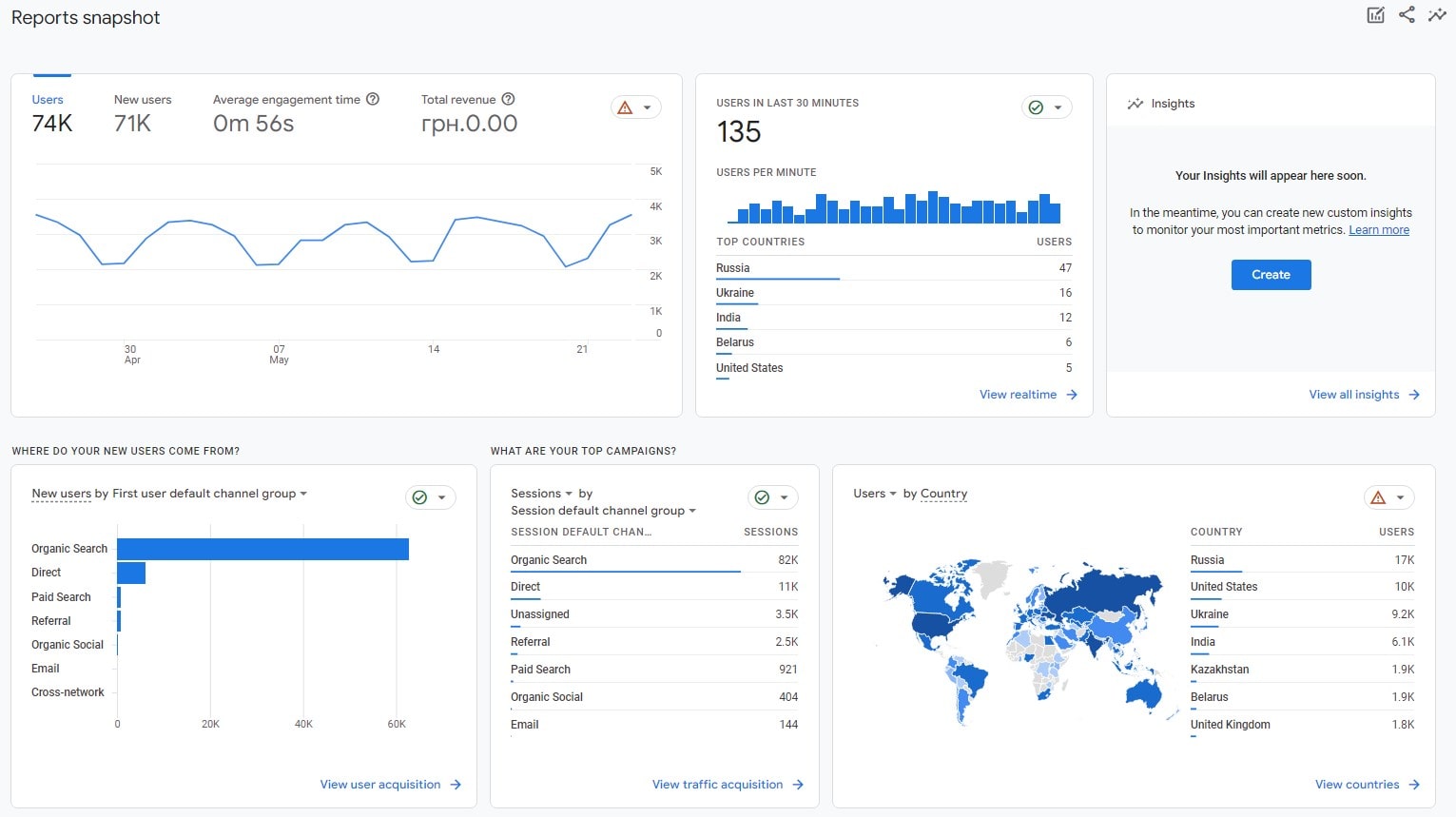
Leverage Big Data for Personalized Marketing
Big data has become a game-changer in digital marketing, particularly for creating personalized campaigns. By scrutinizing the massive volumes of data at their fingertips, marketers can now tailor content and strategies to resonate with individual customers. Here’s how big data fuels personalized marketing:
- Enables micro-segmentation of the target audience
- Enhances customer profiling for personalized messages
- Facilitates predictive analytics for customer behavior
In the streaming industry, platforms like Spotify and Netflix are already masters of this strategy. Using data on viewing or listening habits, these platforms curate personalized recommendations that keep users engaged and coming back for more.
Retailers are also jumping on the big data bandwagon. Amazon uses user data to recommend products based on past purchases and browsing habits, making shopping straightforward and personalized.
In essence, leveraging big data is crucial to crafting a successful personalized marketing strategy. It allows businesses to target the right customers with the right messages, improving customer engagement and enhancing the overall marketing ROI. Big data is more than just a trend in digital marketing—it’s the catalyst that propels personalized marketing to new heights, shaping the future of the industry.
Use Advanced Analytics for Enhanced User Profiling
In the digital marketing arena, harnessing advanced analytics for enhanced user profiling has become pivotal. This strategy gives marketers the ability to understand their audience deeply, paving the way for improved engagement and conversion rates. Here’s how advanced analytics contribute to user profiling:
- Helps uncover granular insights about customer behaviors and preferences
- Facilitates precise targeting for advertising campaigns
- Allows for predictive modeling to forecast future user behaviors
Let’s consider the example of the food delivery industry. Businesses such as GrubHub and Uber Eats deploy advanced analytics to understand user eating habits, preferred cuisines, peak order times, and even spending limits. This information aids in crafting personalized marketing messages and promotions, resulting in higher engagement and conversions.
In the field of digital publishing, advanced analytics can reveal reading patterns, preferred topics, time spent per article, and more. Publishers like Medium use these insights to curate personalized reading recommendations, keeping users engaged and subscribed.
Advanced analytics for user profiling is essential to digital marketing. By understanding their audience better, businesses can create tailored marketing campaigns that resonate on a personal level, leading to improved customer satisfaction and increased business growth. This trend is certainly worth the attention of every savvy digital marketer.
Voice Search Optimization

Capitalize on the Increase in Voice Search Usage
Voice search usage is experiencing a steep rise, transforming the digital marketing landscape. To stay competitive, businesses should capitalize on this trend and adapt their marketing strategies accordingly. Here’s how voice search usage is impacting the industry:
- Increases the need for conversational keyword optimization
- Emphasizes the importance of local SEO
- Requires a more natural language approach to content creation
Consider the e-commerce industry, for instance. A customer might use voice search to ask, “Where can I buy organic dog food near me?” Responding to such queries requires websites to adopt a more conversational tone and incorporate long-tail keywords in their content and SEO strategies.
The hospitality sector has also seen the benefits of adapting to voice search. Hotels and resorts can optimize their websites to respond to queries like, “Best family-friendly resorts in Florida.” By ensuring that their sites are voice-search friendly, businesses in this industry can drive more traffic and increase bookings.
To tap into the rising wave of voice search usage, digital marketers need to reassess and adjust their strategies. By following this trend, they may reach the correct audience and increase user engagement and transactions. In the ever-evolving digital marketing sphere, staying ahead of trends such as this is crucial for success.
Understand How to Optimize for Voice Search SEO
Optimizing for voice search SEO is a critical step in modern digital marketing. This trend is growing rapidly, requiring marketers to revamp their strategies and deliver voice-search-friendly content. Let’s delve into some practical tips for voice search SEO optimization:
- Prioritize long-tail keywords, reflecting how people naturally speak
- Embed local SEO, as voice searches often involve location-specific queries
- Structure content to answer questions directly, leveraging the who, what, when, where format
A case in point is the restaurant industry. For a local diner, optimizing for voice search means expecting queries like, “Which diners serve the best pancakes near me?” This question-oriented, conversational approach should influence the diner’s online content and SEO strategy.
Another sector reaping benefits from voice search optimization is travel. A hotel chain might anticipate voice queries like, “What are the top family-friendly hotels in Miami?” By sculpting content to address such questions, the hotel increases its visibility on voice searches.
Voice search adoption in the ever-changing digital marketing world, and SEO optimization is crucial for organizations. By understanding this trend and adjusting strategies accordingly, companies can ensure their content remains accessible, engaging, and influential—regardless of how users are searching. Harnessing the power of voice search can set your business apart and position it for sustained growth in the digital marketplace.
Omnichannel Marketing
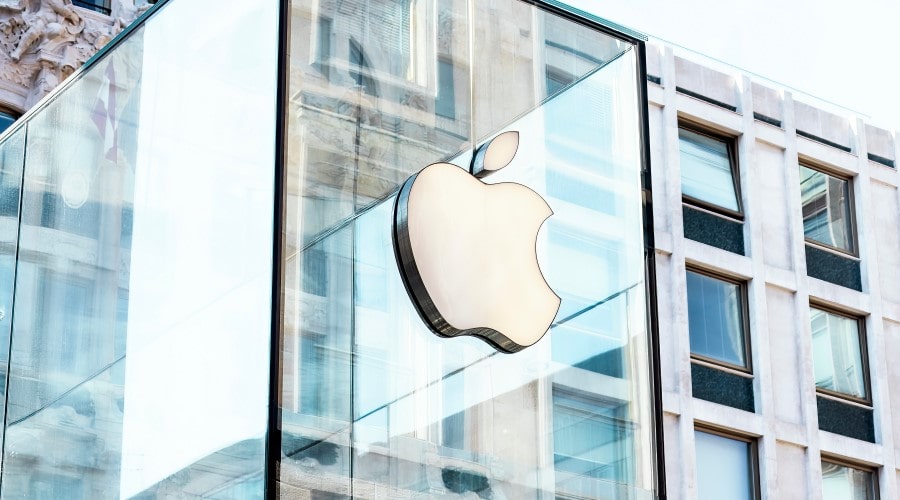
Create a Consistent Brand Experience Across Channels
A uniform brand experience across various channels is no longer a luxury in digital marketing; it’s a necessity. In this era of omnichannel consumer journeys, consistency is paramount. Below, you’ll find key tips for ensuring a cohesive brand experience:
- Establish a common brand voice that resonates across platforms
- Standardize visual elements such as color schemes, logos, and typography
- Synchronize messaging across all marketing touchpoints
In the retail sector, for example, a clothing brand may use the same aesthetic and tonality across its website, social media, and email newsletters. Every encounter reinforces the brand’s image and fosters customer loyalty.
Let’s consider a successful case: Starbucks. This coffee giant has managed to create a unified brand experience across channels. From mobile app rewards to in-store service, the brand voice and visual elements stay true, cultivating customer loyalty and boosting repeat business.
Investing in a consistent brand experience across channels aligns with the digital marketing trend of delivering personalized, seamless customer journeys. The digital landscape demands that brands foster an unmistakable presence, regardless of the platform. By providing a consistent experience, you’re building a trust bridge with consumers, leading to increased brand loyalty and, ultimately, more conversions.
Understand Customer Journey Mapping for Better Omnichannel Strategies
In today’s ever-evolving digital landscape, marketers are grappling with a complex web of customer touchpoints – a challenge made smoother with customer journey mapping. This strategy involves tracking and analyzing the customer’s path from initial brand interaction through to conversion. In the digital marketing sphere, a finely tuned customer journey map can dramatically boost omnichannel strategies.
Consider a customer journey map as a story detailing each step a customer takes with your brand:
- Discovery: Encountering your brand via an online advertisement
- Research: Delving into product reviews on your website
- Consideration: Browsing alternatives and comparing prices on competitor sites
- Purchase: Making a decision and buying the product from your site
- After-sale: Experiencing after-sales service through email or chat support
For instance, the travel industry leverages journey mapping to enhance their marketing efforts. Travel booking platforms, such as Expedia, break down customer interactions into multiple stages – from destination research, flight and hotel comparisons to finally booking a trip.
Implementing customer journey mapping in your digital marketing plan is a rising trend, enabling you to tailor your communications and anticipate customer needs at each step. It allows you to provide a seamless, personalized experience across all touchpoints, which translates to more engaged customers and stronger brand loyalty. Remember, the more you understand your customer’s journey, the better you can serve them.
Video Marketing
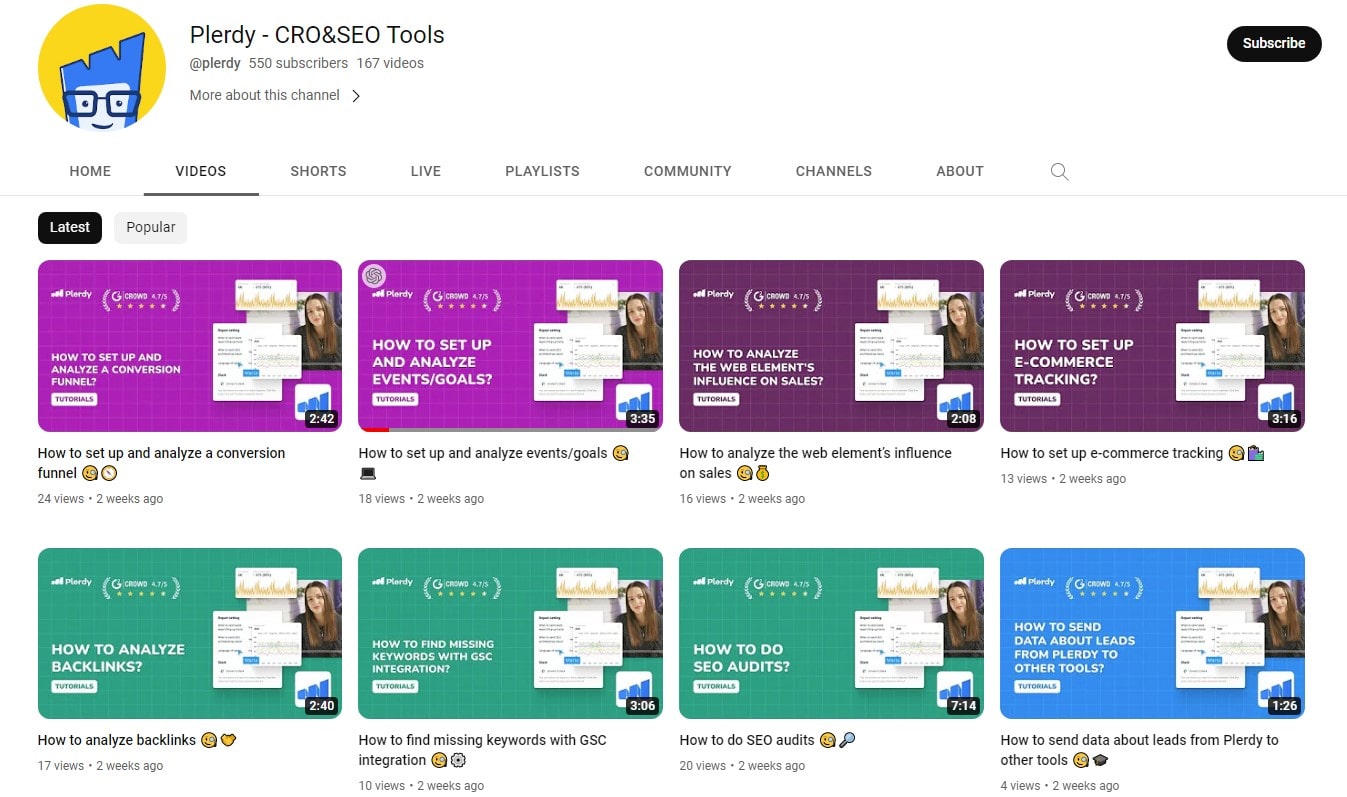
Use Live Streaming to Increase User Engagement
Live streaming is an exciting digital trend in marketing that can supercharge user engagement levels. This real-time format offers a unique, interactive experience, turning passive viewers into active participants. It can act as a magnet for audience attention – and engagement.
Incorporate these three steps in your live-stream strategy to maximize user engagement:
- Schedule Consistently: Regularly scheduled streams, like Adobe’s live design tutorials, foster a sense of anticipation among viewers and establish a dependable viewing habit.
- Facilitate Interaction: Streams with interactive features – similar to Instagram’s Q&A sessions during live videos – encourage direct viewer participation.
- Provide Value: Audiences tune in to live streams for educational or entertaining content. Make your streams indispensable, as Buffer does with its social media marketing webinars.
Tech firms are already riding this wave. Microsoft, for instance, employs live streams for product launches and updates, fostering real-time buzz and excitement among its user base. Similarly, musicians in the entertainment sector host live virtual concerts, allowing fans to engage and experience music in a fresh, intimate format.
Harnessing the power of live streaming can amplify your digital marketing strategy, fostering a vibrant, engaged online community. It’s about turning fleeting moments into memorable experiences and viewers into active brand advocates.
Experiment with VR and AR in Video Content
Digital marketers gear up for an immersive experience with VR and AR in video content. These tech twins, VR and AR, are setting a distinctive trend in the marketing landscape, with a capacity to teleport users into a virtual realm or enrich reality with digital elements.
Marketers can adopt several strategies to embrace this innovation:
- Immerse Viewers in Experiences: VR allows brands like IKEA to offer customers virtual home tours, empowering decisions through a near-real experience.
- Superimpose Product Previews: AR permits prospective buyers to visualize products in their own space – a strategy capitalized on by retailers like Amazon.
- Enhance User-Generated Content: Adding AR features to user-generated content, like Snapchat filters, boosts engagement and virality.
Companies from various sectors are successfully riding this wave. Hospitality brands such as Marriott take guests on virtual tours of exotic destinations, while auto companies like Porsche allow potential buyers to customize cars in AR.
Integrating VR and AR into your video content strategy can teleport audiences to immersive experiences and enable interactive brand exploration. It’s the futuristic turn in the digital marketing saga – your narrative awaits a dimension-rich, immersive makeover.
Social Commerce
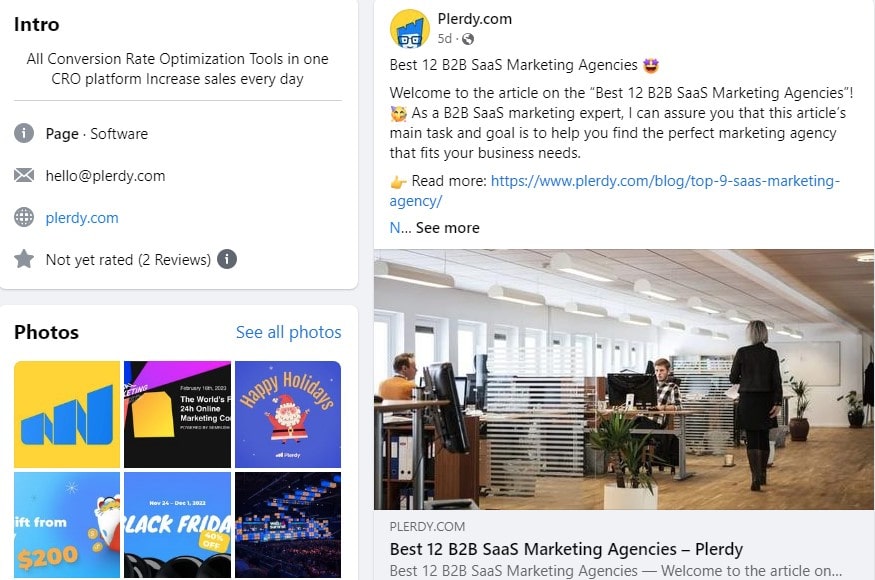
Integrate Shopping Experience on Social Media Platforms
Shopping on social media, often known as “social commerce”, is a digital marketing trend that’s taking the ecommerce sector by storm. Instead of redirecting consumers to a website, businesses integrate the entire shopping experience within social media platforms, offering a streamlined, convenient shopping journey.
Here’s how businesses can capitalize on this trend:
- Incorporating “Shop Now” Buttons: Brands like Zara have shoppable posts on Instagram, allowing users to tap and buy products without leaving the platform.
- Launching Exclusive Product Lines: Kylie Cosmetics launched a collection exclusively on Snapchat, fueling buzz and exclusivity.
- Hosting Live Sales: Influencers often host live sales on platforms like Facebook, boosting real-time engagement and sales.
The allure of social commerce lies in its convenience and immediacy. It capitalizes on impulsive buying behaviors and offers a seamless, quick purchasing journey. Brands like Nike and Sephora are harnessing this trend, making it easy for their fans to go from discovery to purchase in a few taps on their favorite social platforms.
By fusing shopping with socializing, social commerce blends the boundaries between leisure and commerce, crafting a retail experience that’s more engaging, more intuitive, and more attuned to the digital lifestyles of today’s consumers.
Use Influencer Marketing to Enhance Product Visibility
Influencer marketing has grown into a digital marketing trend that businesses can’t afford to overlook. Brands are partnering with key opinion leaders to spotlight their products to a larger, more engaged audience. Influencer collaborations can power up product visibility, leading to increased brand awareness and sales.
Here are successful influencer marketing initiatives:
- Unboxing Videos: Influencers like iJustine have partnered with Apple to unbox new products, giving audiences a first-hand look.
- Product Collaboration: Fitness brands like Gymshark work with fitness influencers to co-create workout clothes, leveraging the influencer’s followers for increased visibility.
- Affiliate Marketing: Book authors often provide affiliate links to influencers, encouraging them to share the links with their followers. Every purchase through the link earns the influencer a commission.
Influencer marketing revolves around authenticity. When an influencer genuinely loves a product and shares it with their followers, it resonates more than traditional advertisements. Digital native brands such as Daniel Wellington have harnessed this trend, enlisting thousands of influencers to wear their watches, resulting in a robust digital footprint.
An influencer’s endorsement can add a layer of trust and aspiration around your product. By handpicking influencers who align with your brand values, you can tap into their devoted audience and amplify your product visibility in a convincing, relatable way.
Privacy and Security in Marketing
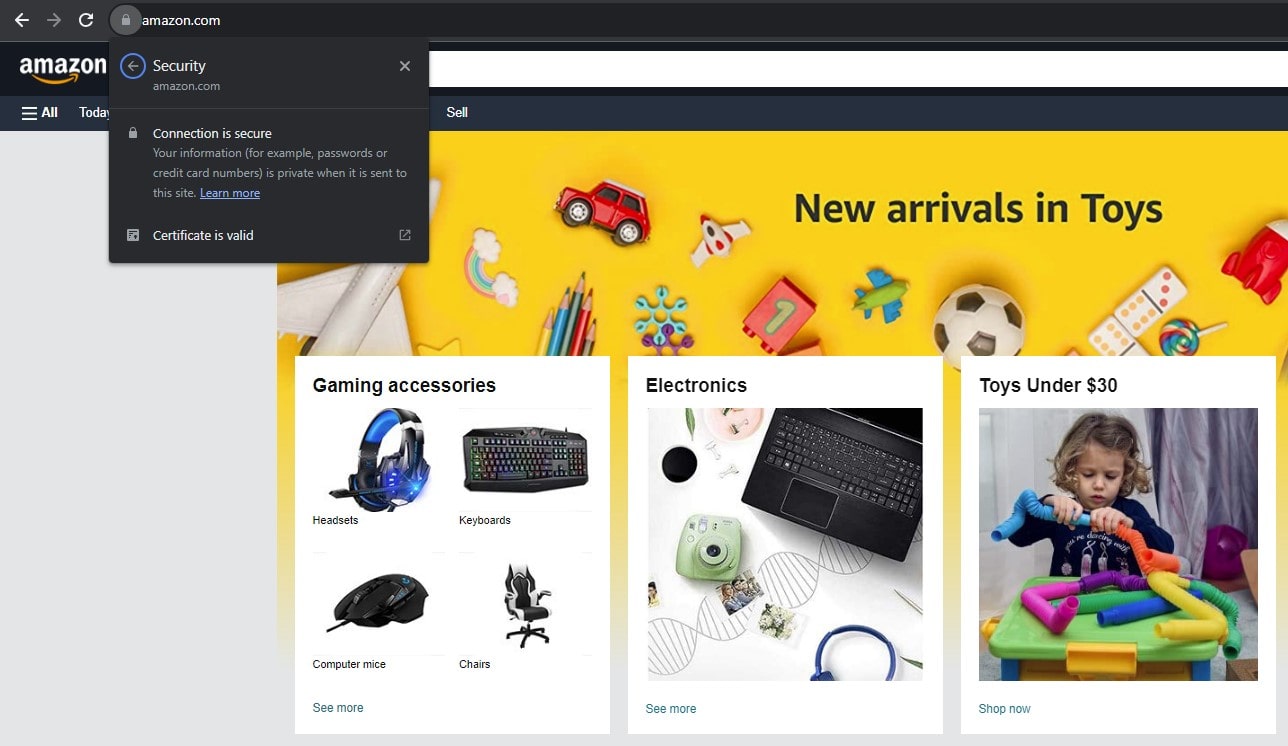
Comply with GDPR and Other Privacy Regulations
Compliance with GDPR and other privacy regulations sits at the heart of every smart digital marketing strategy. Respecting data privacy rules not only protects your business from heavy fines but also fosters trust with your customers. Here are a few practical ways to incorporate privacy regulations in your digital marketing practices:
- Maintain Transparency: Brands like Apple lead by example, outlining their data usage policies clearly for consumers to understand how their data gets used.
- Opt-in Practices: Online education platform Coursera requests explicit consent before collecting user data, a great example of GDPR compliance.
- Data Minimization: Streaming giant Netflix collects only necessary data, a principle of GDPR and an excellent practice for any business.
Digital marketers must keep pace with emerging data privacy regulations. For instance, California’s CCPA mirrors GDPR principles, indicating a global shift towards stringent data privacy rules. Staying current with these regulations should be a priority, given their far-reaching implications on digital marketing practices.
Remember, data privacy isn’t a hurdle. Instead, it’s an opportunity to build trust with your consumers, enhancing your brand reputation in the process. Compliance with GDPR and other regulations should be seen as a necessary component of any forward-thinking digital marketing strategy, given the increasing global emphasis on data privacy.
Develop Transparency Strategies to Build Customer Trust
Building customer trust through transparency is an important facet of digital marketing strategies. As customers demand more insight into business practices, companies must prioritize honesty and openness. Here’s how brands can champion transparency:
- Open Communication: Patagonia, an outdoor clothing brand, offers a compelling example with its “Footprint Chronicles”. This initiative provides detailed information about their supply chain, leaving no room for doubt about their business ethics.
- Clear Policies: Slack, the business communication platform, ensures that their user data policy is clear, concise and easy to understand, fostering trust among its customers.
- Transparent Pricing: Warby Parker, an eyewear company, offers no hidden fees and clearly explains the price components. Customers appreciate this honesty.
In the arena of digital marketing trends, transparency strategies aren’t a mere afterthought – they’re an integral aspect of brand building. Brands that embrace transparency are seen as more reliable and, therefore, more likely to maintain a loyal customer base. More than just a trend, transparency is fast becoming a hallmark of successful digital marketing strategies, emphasizing the importance of honesty and openness in all business interactions.
Mobile-First Approach
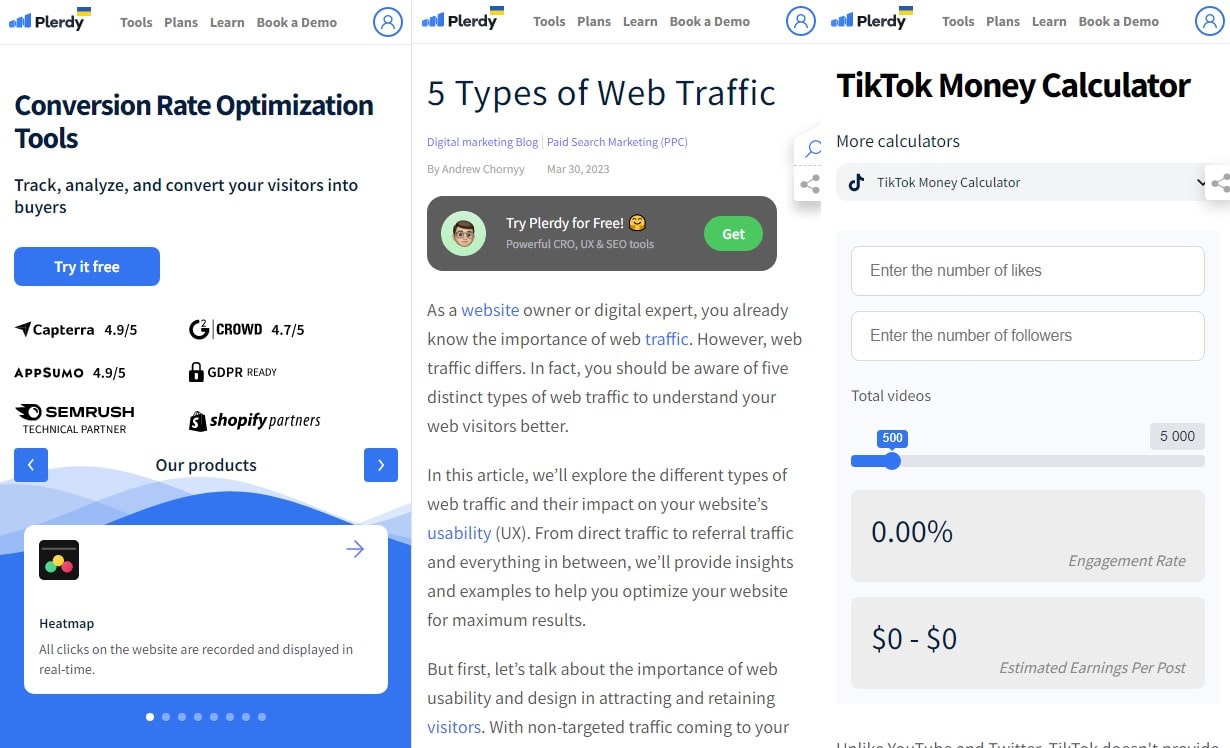
Prioritize Mobile SEO in Your Marketing Strategy
Brands are prioritizing mobile SEO as a key element of digital marketing strategies, addressing the exponential rise in mobile device usage. Mobile optimization is no longer an option – it’s an absolute must. Successful examples of this trend include:
- Starbucks: By creating an app that provides a seamless experience, from online ordering to payment, Starbucks has capitalized on mobile SEO. The app is designed to perform well in mobile searches, thus driving more traffic.
- Amazon: The e-commerce giant’s mobile app targets smartphone shoppers. The app is SEO optimized, making it easy for customers to find what they need quickly.
These businesses understand the power of mobile SEO – they’ve optimized their mobile platforms for better visibility on search engines and have integrated their marketing strategies with mobile technology to connect with their customers on a deeper level. Focusing on mobile SEO means you’re directly addressing the user’s needs right where they spend most of their time – their mobile devices. This isn’t just another marketing trend, it’s the direction in which the entire digital marketing landscape is moving. Make mobile SEO an integral part of your strategy, and keep your brand at the forefront of digital innovation.
Enhance Mobile Shopping Experience for Customers
Mobile shopping experience enhancements are pivotal to digital marketing strategy, acknowledging that mobile is the preferred shopping tool for most consumers. Simplifying navigation, personalizing user experiences, and ensuring security are critical aspects. Successful applications of this trend include:
- Nike: The sportswear titan drives its mobile shopping experience to new heights with personalized product recommendations and fast checkout. In-app workouts and wellness content create a lifestyle hub beyond shopping.
- Sephora: The beauty retailer’s app delivers personalized skincare recommendations and virtual make-up try-ons. This enriches customer experience, encourages engagement, and drives conversions.
These brands are setting benchmarks in digital marketing by fine-tuning their mobile shopping experiences. They focus on the needs of the customer, delivering personalized, secure, and user-friendly shopping experiences. Mobile shopping enhancement isn’t just a buzzword, it’s a revolutionary wave reshaping the landscape of digital marketing and e-commerce.
Essential mobile shopping enhancements are:
- Streamlining the checkout process – minimizing steps for an easy, fast checkout
- Personalization – delivering bespoke product recommendations based on previous purchases or searches
- Security – assuring customers their data is safe, earning their trust
Embrace the trend, improve your mobile shopping experience and transform your brand’s digital footprint, positioning your business for success in the fast-evolving digital marketing landscape.
The Necessity of Keeping Up with Evolving Trends in Digital Marketing
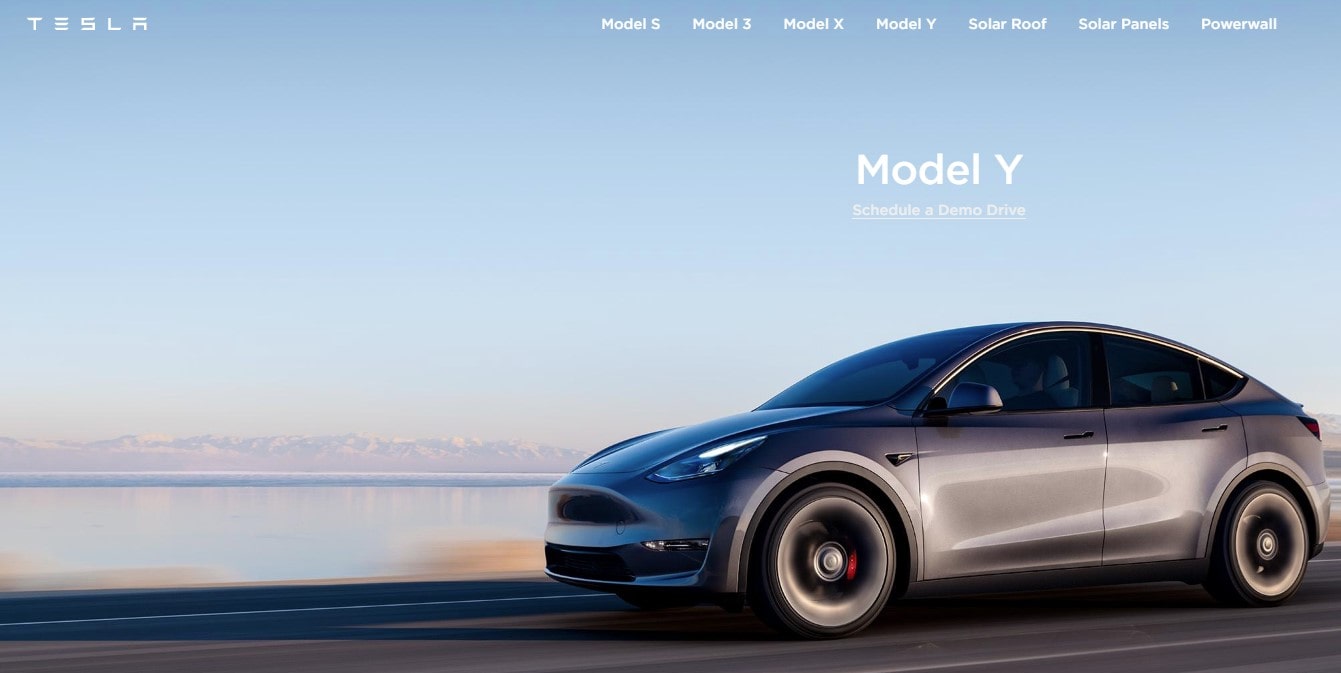
In the fast-paced domain of digital marketing, trends shift quickly, requiring marketers to stay vigilant and adapt swiftly. Keeping pace with these shifts enables marketers to:
- Maintain relevance: Spotify brilliantly demonstrates this by personalizing playlists for users and suggesting tailored content, keeping their marketing strategy in step with evolving user behavior.
- Foster engagement: Instagram’s shift towards shopping-friendly features showcases a successful move to keep pace with e-commerce trends and foster better user engagement.
- Outperform competitors: Netflix stands as a case study for using data analytics to craft user-specific content recommendations, keeping them ahead of competitors.
Follow the latest developments in digital marketing:
- Regularly evaluate your strategies – keep what works and be ready to ditch what doesn’t
- Prioritize innovation – constantly search for fresh ways to engage and attract audiences
- Stay informed – routinely monitor market changes, competitor strategies, and customer behavior
In essence, staying abreast of digital marketing trends is vital for survival and growth. It enables brands to meet consumer expectations, adapt to changing environments, and maintain a competitive edge. So, roll with the changes and let them steer your brand to success.
Conclusion
With the unfolding of 2023, we’ve navigated through a whirlwind of digital marketing trends, each one adding a unique spark to the marketing landscape. This year has tested marketers’ adaptability and pushed us to rethink our strategies – focusing on being present, persistent, and sure of what we offer.
We saw the rise of programmatic advertising, harnessing machine learning to automate ad buying and optimize targeting. Video content took a commanding stand, with YouTube and Instagram shorts capturing visitor’s attention. We delved into the metaverse – a space where virtual and physical realities merge, elevating user experience to awe-inspiring levels. ChatGPT’s advanced AI played a game-changing role in personalized ads, while programmatic PPC campaigns skyrocketed ROI ?.
As we step into the next phase of marketing’s evolution, let’s embrace these developments with a growth mindset. It’s about taking on the digital ride, armed with Plerdy’s SEO & UX analysis tool to decipher user behaviour, monitor results and fine-tune our approaches for impactful engagements ?. Cheers to a transformative journey filled with learning and growth in the digital marketing domain. Subscribe to Plerdy now, and let’s write the next chapter together ?️.


 Sign up with Google
Sign up with Google